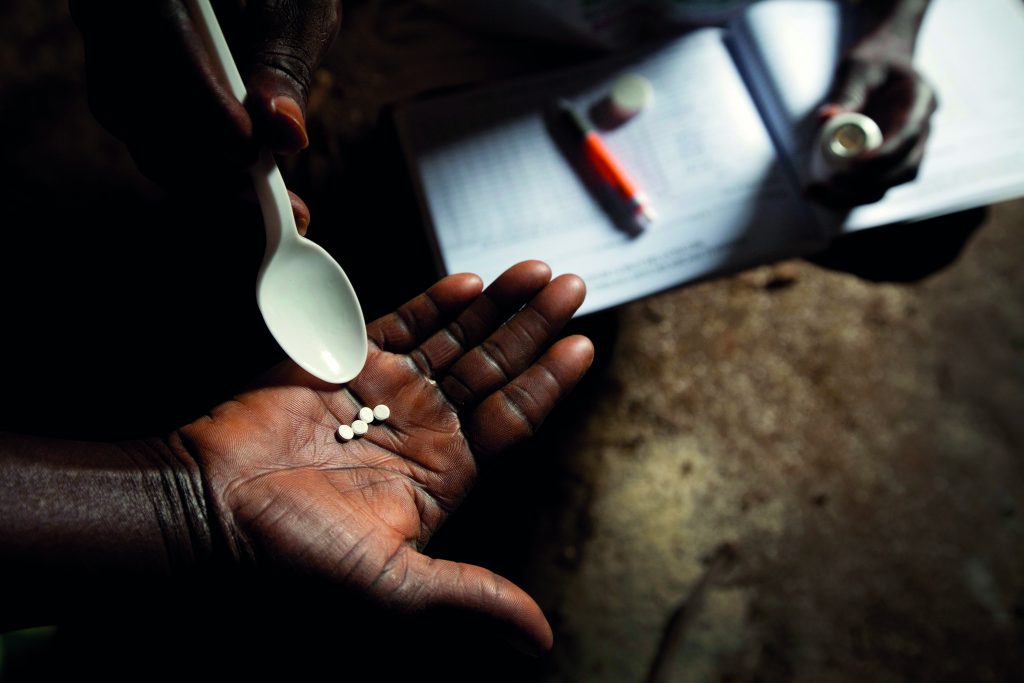A large review and analysis of available data provides evidence of ivermectin’s safety at higher doses than those currently recommended. This information paves the way to expanding its use against other diseases.
Ivermectin is an anthelmintic drug that has been widely and successfully used in mass drug administration campaigns for the control of onchocerciasis and lymphatic filariasis. However, this “wonder drug” has been shown to have a broad activity against other internal and external parasites, including intestinal worms, mites causing scabies, and malaria-transmitting mosquitoes. Therefore, there has been growing interest in using higher, fixed doses of ivermectin in campaigns aimed at controlling these diseases. This interest has been amplified by the recent finding that ivermectin could inhibit replication of SARS-CoV-2 in cell lines, although at much higher concentrations than those that are currently recommended.
Ivermectin, a Nobel Prize-winning drug, has improved the lives of millions of people since its discovery in 1975
Ivermectin is currently prescribed at doses between 150 and 400 µg/kg. “For other applications, such as soil-transmitted helminths or malaria control, we would need to go beyond these doses,” explains ISGlobal researcher Jose Muñoz, who also leads STOP, an EDCTP-funded project that aims to test the safety and efficacy of a fixed-dose combination of ivermectin plus albendazole to treat soil-transmitted helminths in children.
Reviewing the evidence
In this analysis, the authors systematically reviewed the safety profile of high-dose ivermectin and concluded that the frequency and intensity of adverse effects were similar in groups receiving doses over or under 400 µg/kg. In one study, a small number of healthy volunteers received doses up to 2000 µg/kg (10 times the recommended dose).

“Although the number of studies reviewed was limited, this meta-analysis adds evidence for the safety of ivermectin at doses up to 800 µg/kg,” says Alejandro Krolewiecki, senior author of the study and part of the STOP team. Further studies are needed to evaluate the safety of ivermectin at higher doses, particularly in children and in pregnant women.











